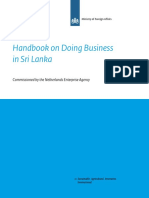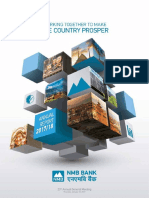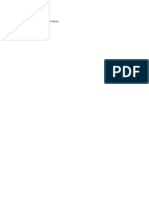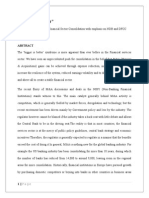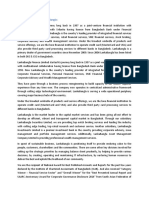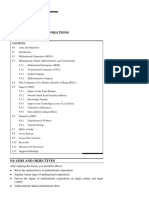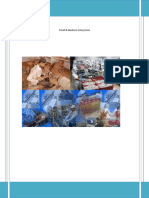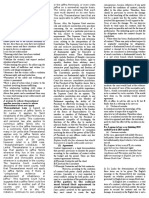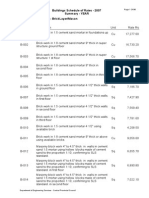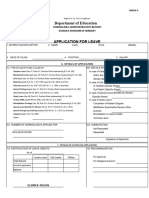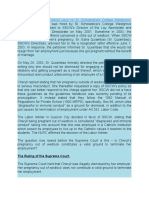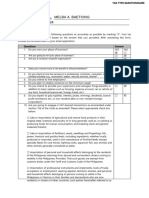0% found this document useful (0 votes)
184 views10 pagesAssignment MNC Edited
The document provides information on multinational corporations and Commercial Bank of Ceylon PLC. It discusses that multinational corporations do business in multiple countries and have characteristics like large size, global operations, international management, and mobility of resources. It then discusses Commercial Bank of Ceylon PLC, which operates in Sri Lanka, Bangladesh, and Maldives, providing various banking services. The bank has over 255 branches in Sri Lanka and aims to use technology to be the leading bank in the region.
Uploaded by
Rrgs BandaraCopyright
© © All Rights Reserved
We take content rights seriously. If you suspect this is your content, claim it here.
Available Formats
Download as DOCX, PDF, TXT or read online on Scribd
0% found this document useful (0 votes)
184 views10 pagesAssignment MNC Edited
The document provides information on multinational corporations and Commercial Bank of Ceylon PLC. It discusses that multinational corporations do business in multiple countries and have characteristics like large size, global operations, international management, and mobility of resources. It then discusses Commercial Bank of Ceylon PLC, which operates in Sri Lanka, Bangladesh, and Maldives, providing various banking services. The bank has over 255 branches in Sri Lanka and aims to use technology to be the leading bank in the region.
Uploaded by
Rrgs BandaraCopyright
© © All Rights Reserved
We take content rights seriously. If you suspect this is your content, claim it here.
Available Formats
Download as DOCX, PDF, TXT or read online on Scribd
/ 10







